It all started with a dragon fruit cutting which was a gift to them. They planted it along the side of the street and now, you can barely count their numbers.
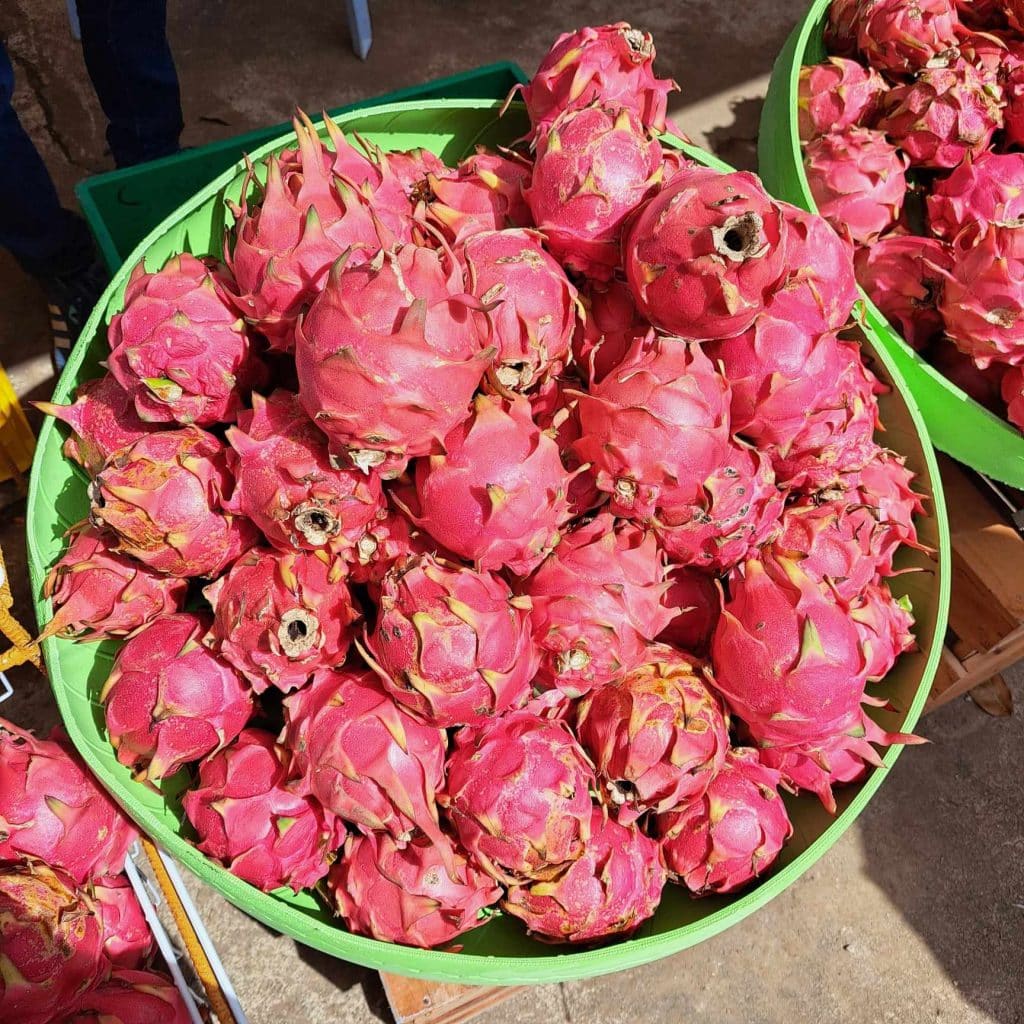
In an island province called Guimaras, the best thing that will come to mind is their world-class mangoes. Who would have thought that the super fruit known as dragon fruit will earn its festival in this humble place? This year, Guimaras is celebrating the second year of their Dragon Fruit Fest. Right now, a whopping total of 28 hectares are dedicated to dragon fruit farming – and this is expected to grow more.
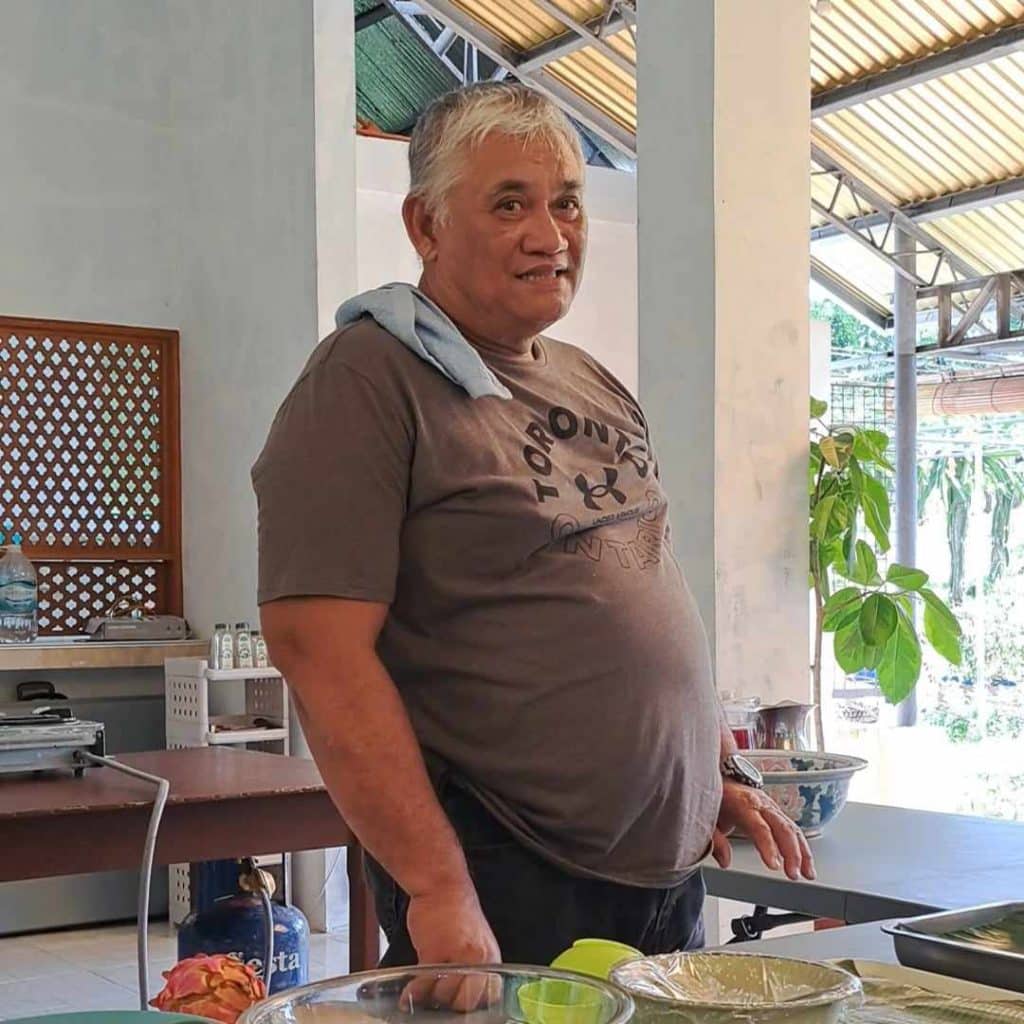
In Casillan, Oracon, municipality of Sibunag, Guimaras, we found this farm that started their dragon fruit venture with 30 posts (as what they call it; not trees). It was a gift to them and the spouses Susan and Bonifacio Tespoer had a very limited idea of how to grow this fruit. When their 30 posts started to yield fruits, they were delighted and started to think of ways to grow. From 30 posts, they were able to achieve 100 posts, and now, almost countless.
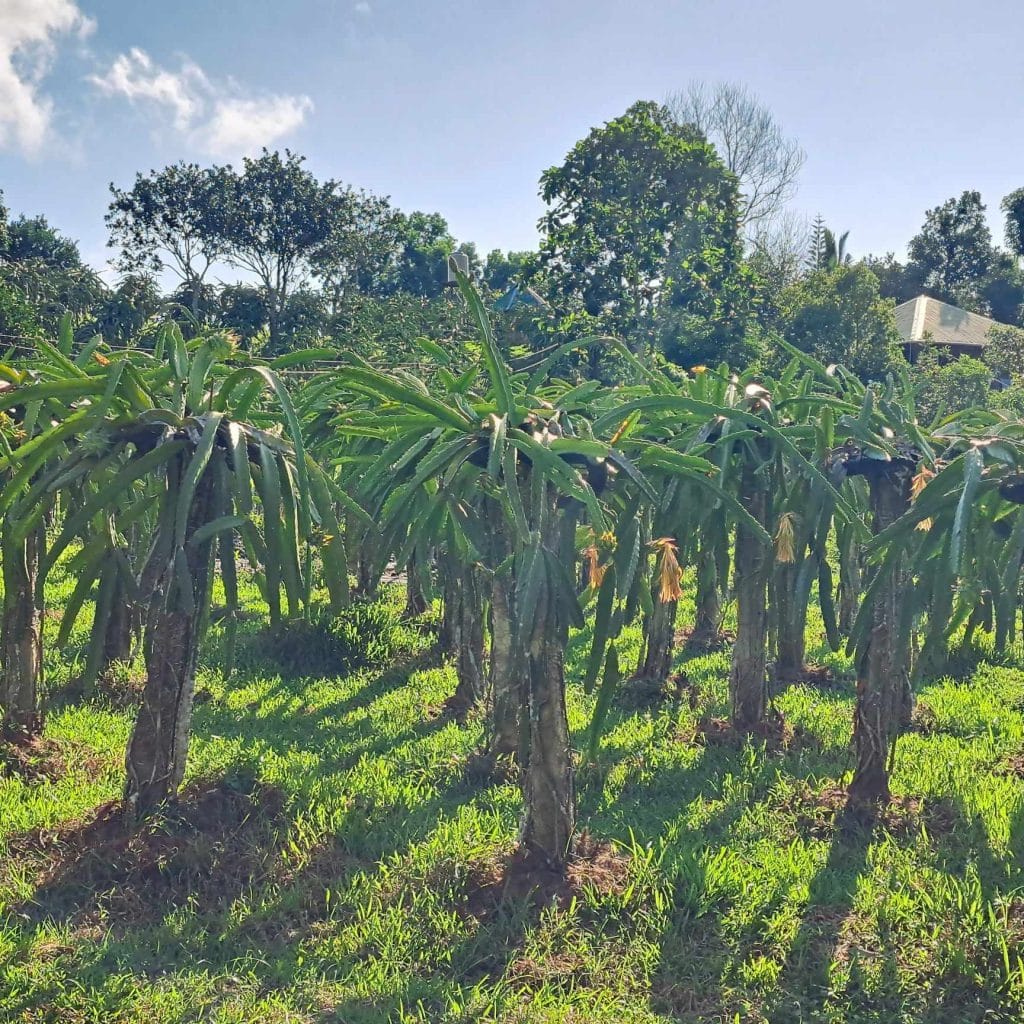
The beginning is always the hardest, they say. This is also applicable to the case of NJST Fruit Farm. They faced a lot of criticism for introducing a new fruit in the market. The first sale of their harvest was also not that successful because people would not buy their produce as dragon fruit is new to them. It was not the kind of fruit that you can often see in bangketas. They are the fruit of the wealthy; too pricey.
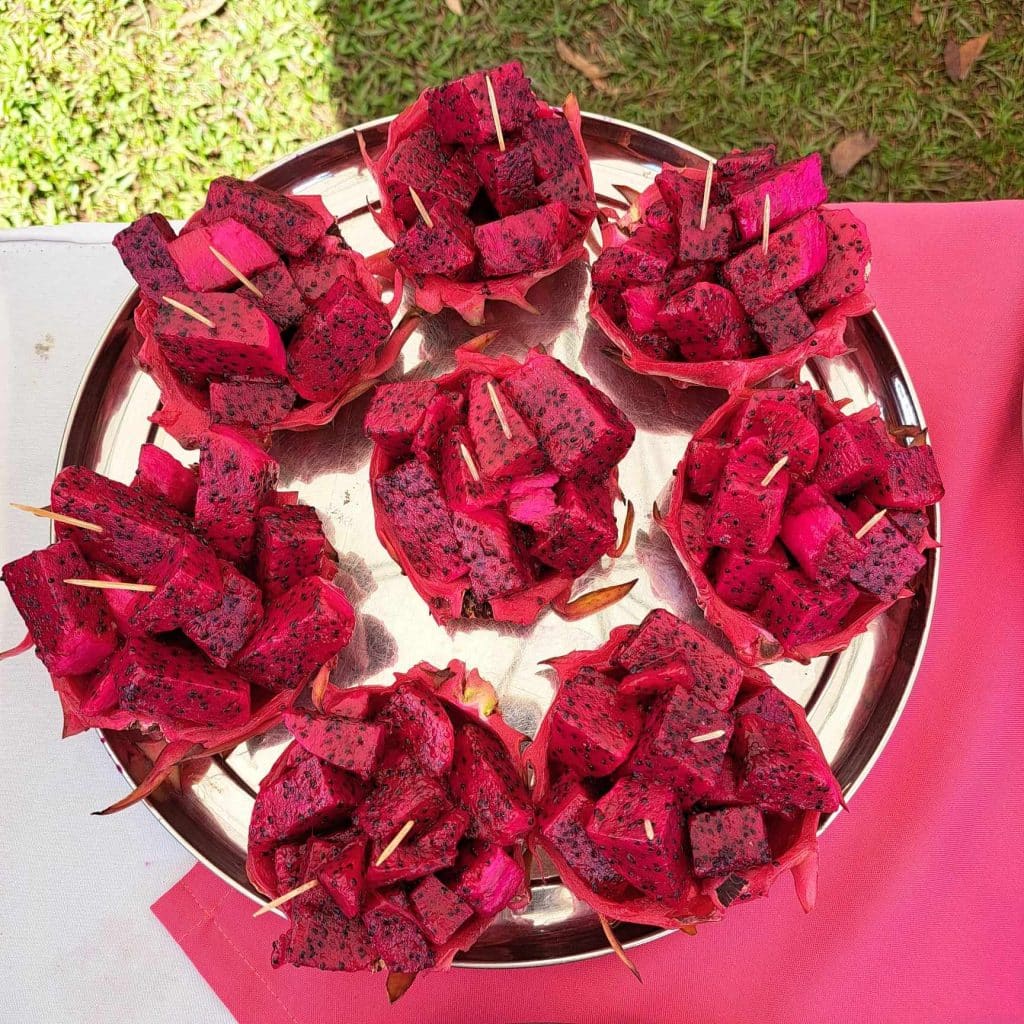
The pandemic slowed the production down but did not stop them. To Mr. Bonifacio Tespoer, being a farmer means you are able quickly to stand up after falling. One of the biggest challenges he faced was when the prices of fertilizer went higher. “Dragon fruits are like people. When a person is healthy, he doesn’t get sick easily”, he compares. When the fertilizer prices went up, he also have to adjust his expenses. That is when fungus attacked his plants. They have to move fast otherwise all his dragon fruits will get infested.
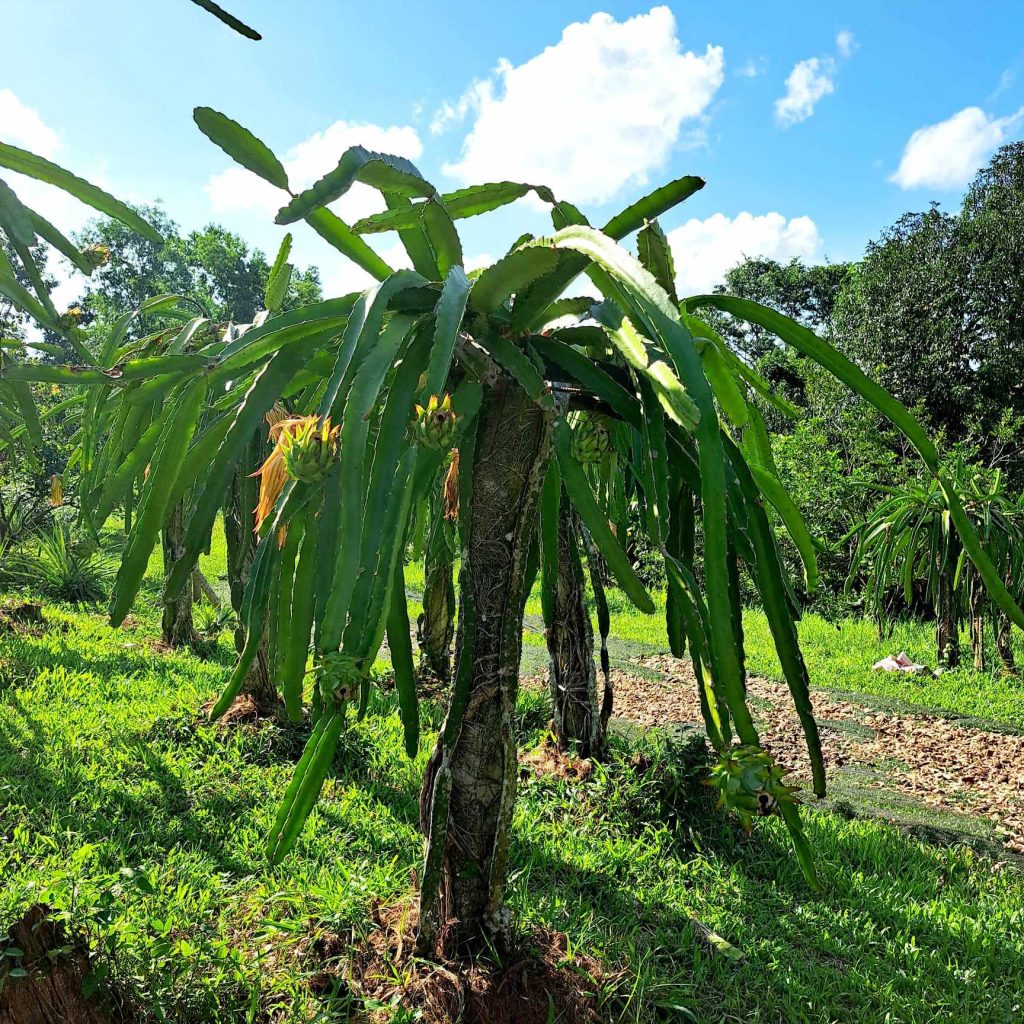
They needed nine trucks to remove the infested dragon fruit. It translated to low production of dragon fruit that year. They have to remove one-by-one the affected parts of the dragon fruit. They could detect that something is not going well because it changes in color. It turns yellow other than the usual green color and it has a lot of visible white spots.
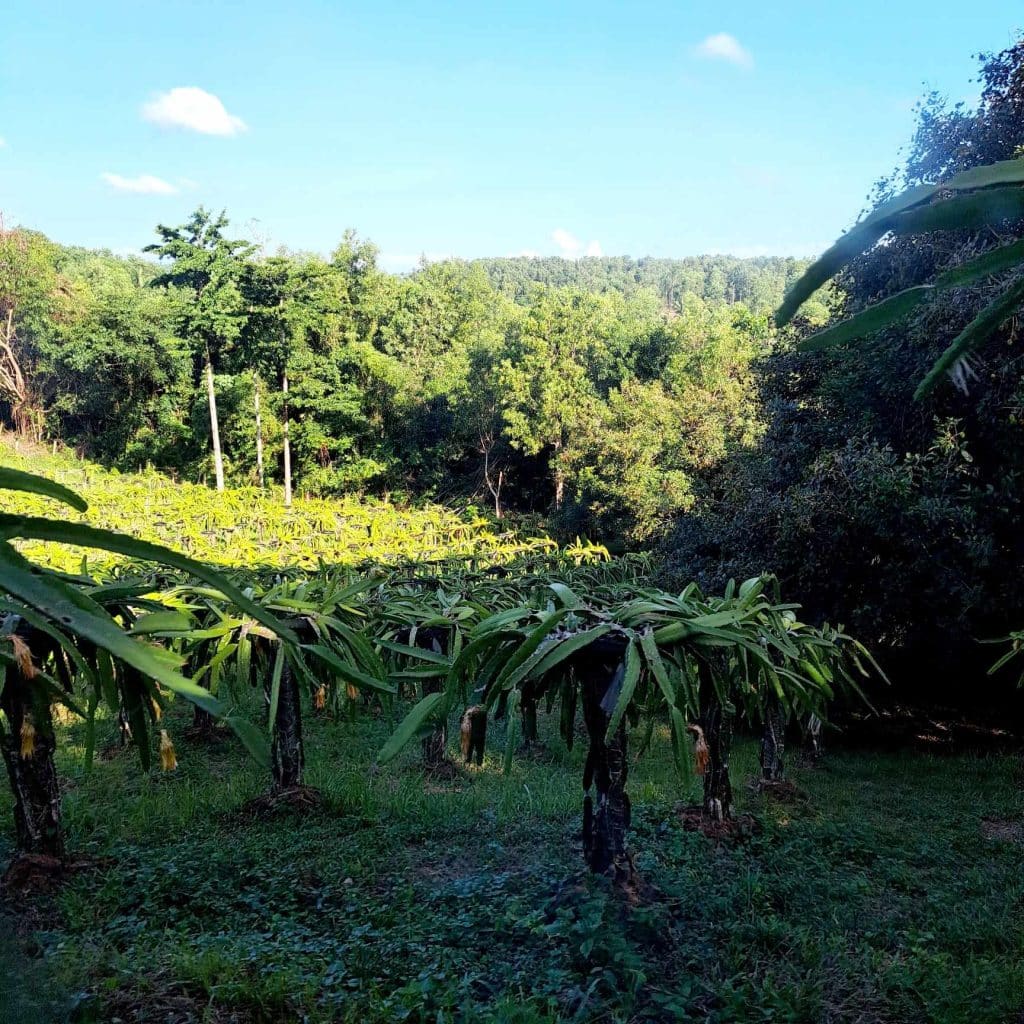
With the lessons that come with experience, Mr. Bonifacio Tespoer is excited to welcome an FDA laboratory, training site and quarters for their trainees, a dining hall, and hopefully, additional storage facilities that can stock more dragon fruits given the increase in demand.
NJST Fruit Farm is open to day tours. Guests can enjoy their pick and pay for their other fruit trees like Rambutan, Guyabano, Santol, and Guava. Pick and pay is not available for dragon fruit but guest can buy their fruits.

This story is an entry to COMCO Mundo’s “UNMASKED: The COMCO Mundo Write to Ignite Season 3”. The initiative aims to pull and collate powerful stories from the Philippine blogging communities. “UNMASKED” aims to explore how each mask is a person brimming with hope and wonders to share with others, as well as why it is important to tell their inspiring journeys in life. The “Write to Ignite” Season 3 is made possible by COMCO Mundo League of Enterprises, with airasia, Babyflo, PHILUSA Corporation, Century Tuna, Licealiz, Lamoiyan Corporation, Rémy Martin, and Uratex Monoblock as brand partners.
